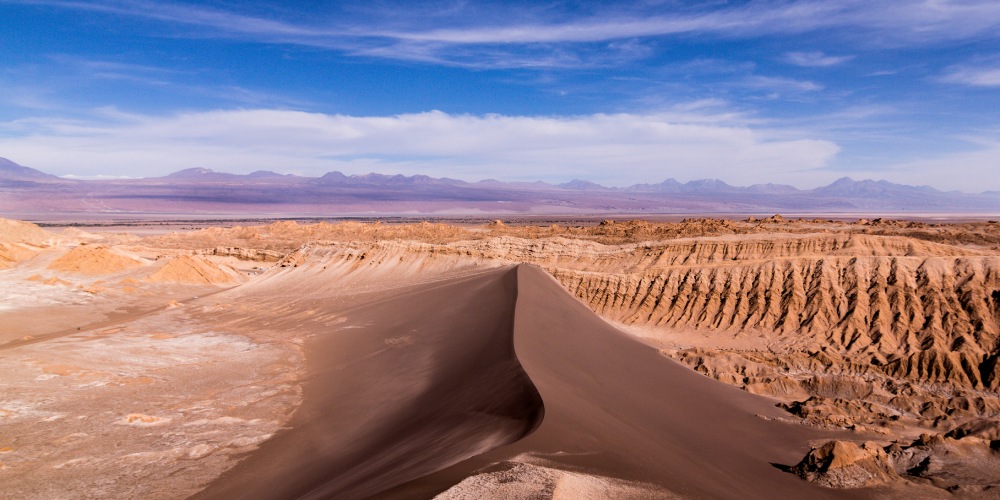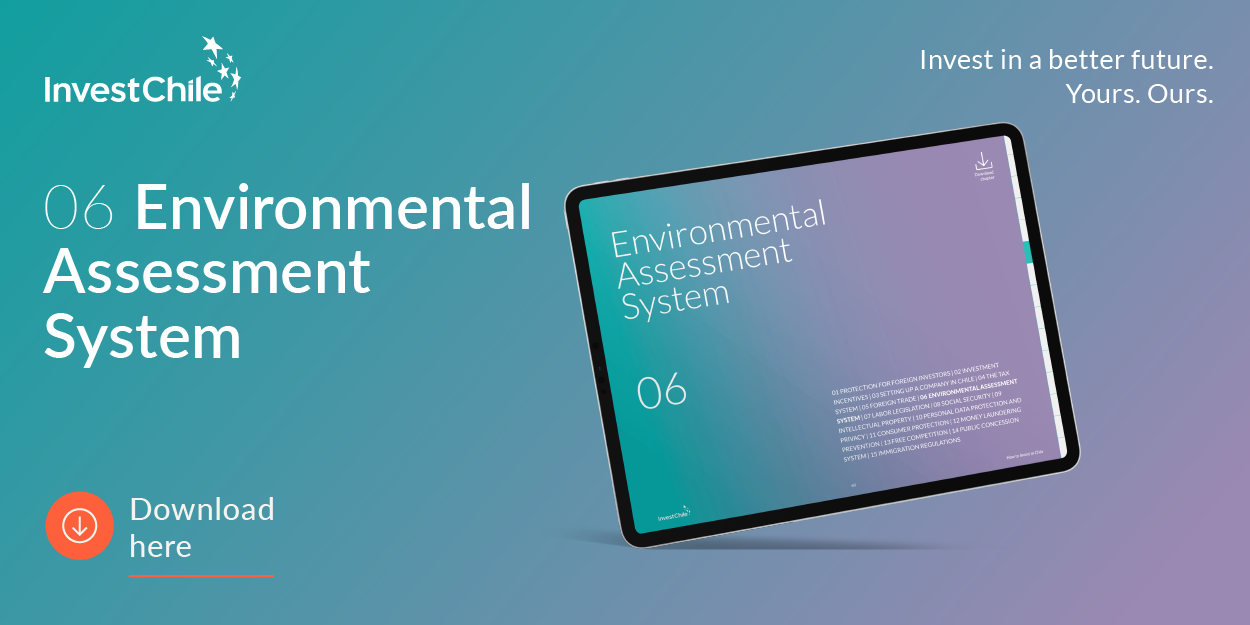The solar-powered desalination plant will have a maximum capacity of 2,630 litres of water per second, with an initial investment of about $500 million.
 Chile’s environmental authority has approved the development of what it would be Latin America’s largest desalination plant, to be built in the country’s dry Atacama region.
Chile’s environmental authority has approved the development of what it would be Latin America’s largest desalination plant, to be built in the country’s dry Atacama region.
The Energy and Waters of the Pacific (ENAPAC ) project, developed by Trends Industrial, was mainly designed to supply water for industrial use, particularly in the mining sector, and carries an initial investment of about $500 million.
The ENAPAC project will desalinate sea water mainly for miners present in the Atacama desert, with a maximum capacity of 2,630 litres of water per second.
The solar-powered desalination plant will have a maximum capacity of 2,630 litres of water per second and comprises five pumping stations — one at the intake, one at the treatment plant, two on the piping route, and one at the reservoir.
The financial optimum for the project will be for solar to provide 80 percent of the power, while the remainder will come from the grid during the cheaper, off-peak hours (Chile’s energy pricing changes hourly).
Trends is already in talks with copper and lithium miners present in the area. “We are sure that the environmental approval will speed up these conversations and agreements," chief executive Rodrigo Silva told local paper Diario Financiero (in Spanish).
Miners operating in the dry, but copper and lithium-rich Atacama region have significant opportunities to increase their extraction, but the lack of available water to support operations has held them back. At the same time, they are under increasing pressure to avoid using freshwater sources, needed by local communities for drinking and sanitation.
ENAPAC project is part of list of projects created by the country’s Ministry of Economy to help drive large investment initiatives in the midst of the government's efforts to boost economic growth.
To find out more about investment opportunities in the Chilean mining, see this article.
Source: Mining.com



%2017.11.51.png)

